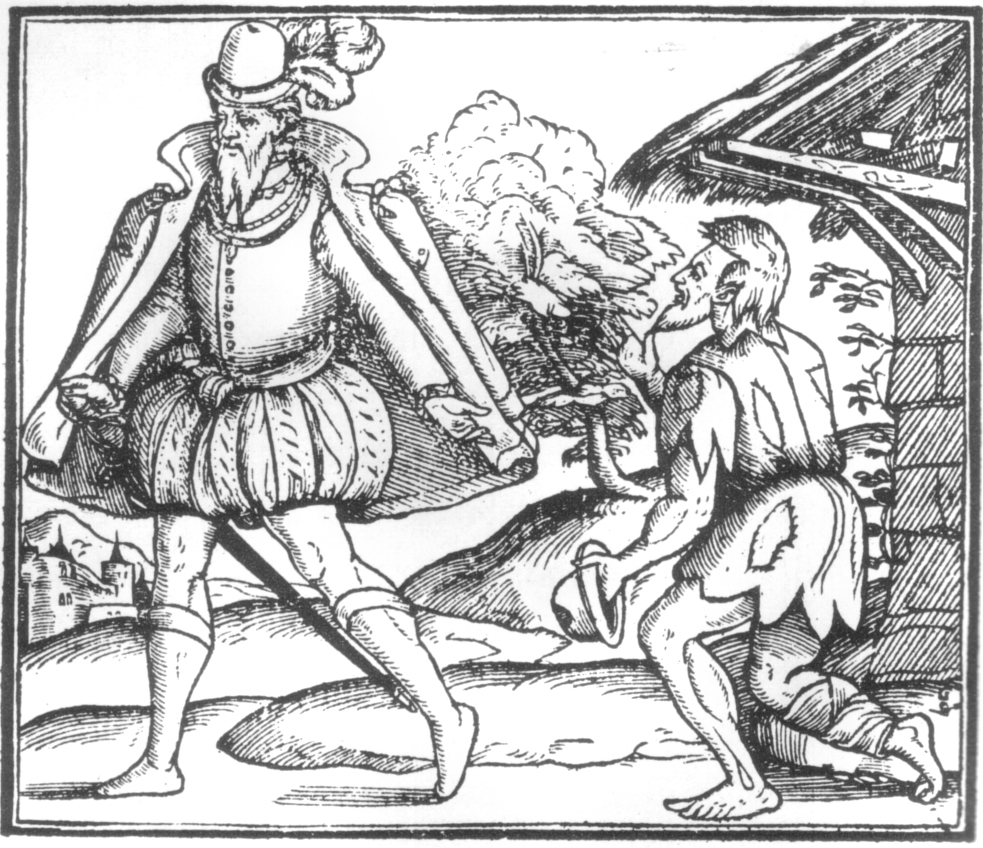|
Public Assistance Committees
A Public Assistance Committee (PAC), in the UK, was a body locally created after the abolition of the boards of guardians in 1930 by the Local Government Act 1929, when their powers and responsibilities for poor relief were passed to county and county borough councils, and workhouses In Britain, a workhouse () was an institution where those unable to support themselves financially were offered accommodation and employment. (In Scotland, they were usually known as poorhouses.) The earliest known use of the term ''workhouse' ... were also abolished. PACs were replaced by Social Welfare Committees from 1940; they were themselves wound up from 1948. References Poor Law in Britain and Ireland {{UK-history-stub ... [...More Info...] [...Related Items...] OR: [Wikipedia] [Google] [Baidu] |
Board Of Guardians
Boards of guardians were ''ad hoc'' authorities that administered Poor Law in the United Kingdom from 1835 to 1930. England and Wales Boards of guardians were created by the Poor Law Amendment Act 1834, replacing the parish overseers of the poor established under the old poor law, following the recommendations of the Poor Law Commission. Boards administered workhouses within a defined poor law union consisting of a group of parishes, either by order of the Poor Law Commission, or by the common consent of the parishes. Once a union was established it could not be dissolved or merged with a neighbouring union without the consent of its board. Each board was composed of guardians elected by the owners and ''bona fide'' occupiers of land liable to pay the poor rate. Depending on the value of the property held, an elector could cast from one to three votes. Electors could nominate proxies to cast their vote in their absence. Where property was held by a corporation or company, its g ... [...More Info...] [...Related Items...] OR: [Wikipedia] [Google] [Baidu] |
Local Government Act 1929
The Local Government Act 1929 was an Act of the Parliament of the United Kingdom that made changes to the Poor Law and local government in England and Wales. The Act abolished the system of poor law unions in England and Wales and their boards of guardians, transferring their powers to local authorities. It also gave county councils increased powers over highways, and made provisions for the restructuring of urban and rural districts as more efficient local government areas. Poor Law reform Under the Act all boards of guardians for poor law unions were abolished, with responsibility for public assistance transferred to Public Assistance Committees of county councils and county boroughs. The local authorities took over infirmaries and fever hospitals, while the workhouses became public assistance institutions. Later legislation was to remove these functions from the control of councils to other public bodies: the National Assistance Board and the National Health Service. The M ... [...More Info...] [...Related Items...] OR: [Wikipedia] [Google] [Baidu] |
Poor Relief
In English and British history, poor relief refers to government and ecclesiastical action to relieve poverty. Over the centuries, various authorities have needed to decide whose poverty deserves relief and also who should bear the cost of helping the poor. Alongside ever-changing attitudes towards poverty, many methods have been attempted to answer these questions. Since the early 16th century legislation on poverty enacted by the English Parliament The Parliament of England was the legislature of the Kingdom of England from the 13th century until 1707 when it was replaced by the Parliament of Great Britain. Parliament evolved from the great council of bishops and peers that advised t ..., poor relief has developed from being little more than a systematic means of punishment into a complex system of government-funded support and protection, especially following the creation in the 1940s of the welfare state. Tudor era In the late 15th century, parliament took actio ... [...More Info...] [...Related Items...] OR: [Wikipedia] [Google] [Baidu] |
Workhouses
In Britain, a workhouse () was an institution where those unable to support themselves financially were offered accommodation and employment. (In Scotland, they were usually known as poorhouses.) The earliest known use of the term ''workhouse'' is from 1631, in an account by the mayor of Abingdon reporting that "we have erected wthn our borough a workhouse to set poorer people to work". The origins of the workhouse can be traced to the Statute of Cambridge 1388, which attempted to address the labour shortages following the Black Death in England by restricting the movement of labourers, and ultimately led to the state becoming responsible for the support of the poor. However, mass unemployment following the end of the Napoleonic Wars in 1815, the introduction of new technology to replace agricultural workers in particular, and a series of bad harvests, meant that by the early 1830s the established system of poor relief was proving to be unsustainable. The New Poor Law of 1834 ... [...More Info...] [...Related Items...] OR: [Wikipedia] [Google] [Baidu] |

